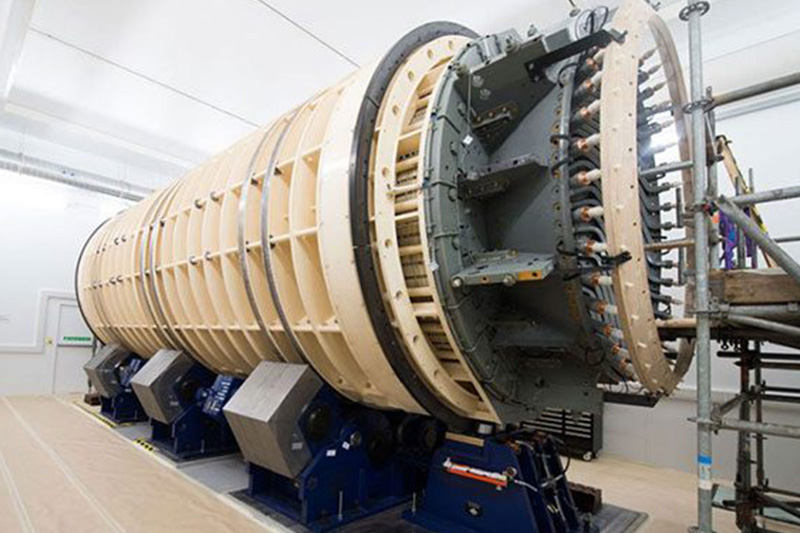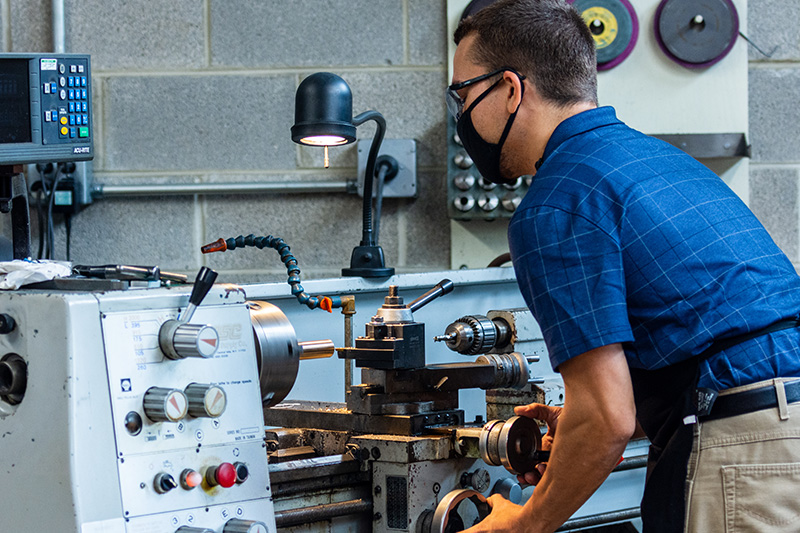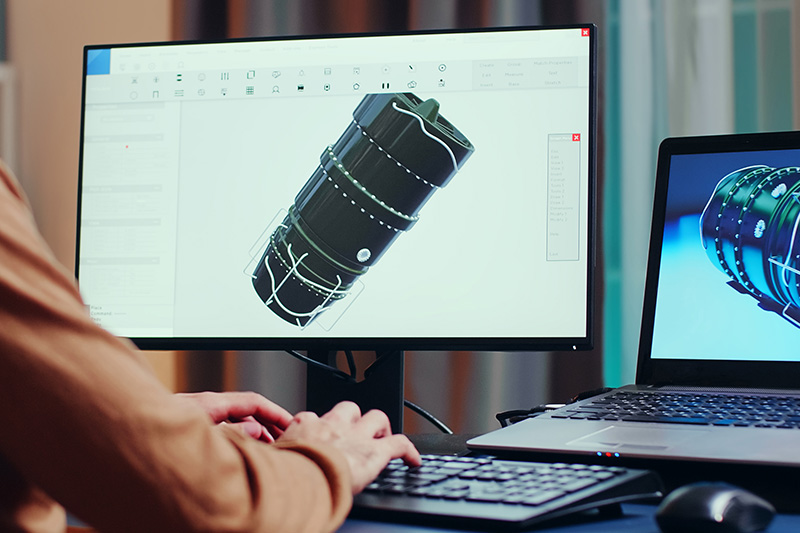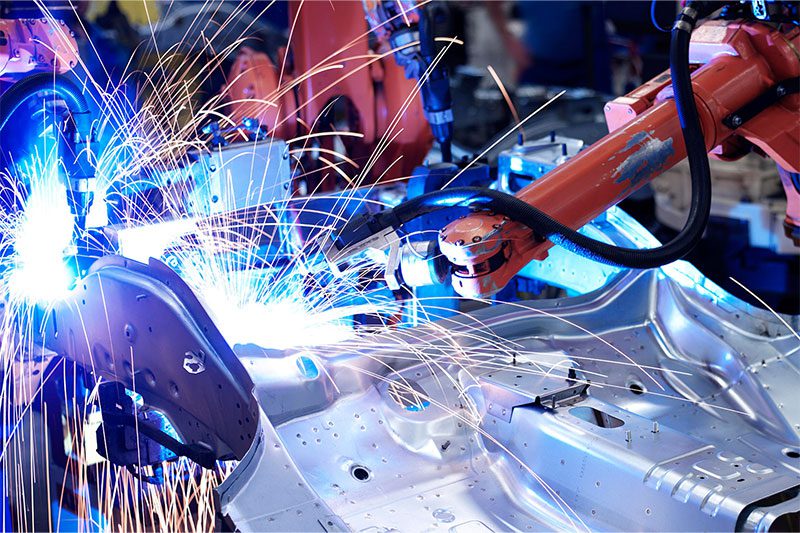
Mechanical Engineering and the Emerging Fields Within It
December 20, 2019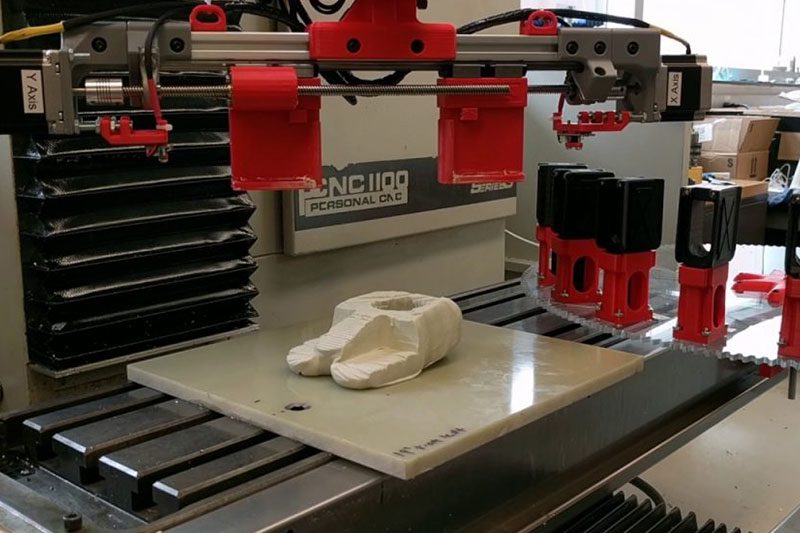
Robotic Blacksmithing – New Manufacturing Process
December 27, 2019In November of 2019, Elon Musk ticked off lots of scientists and astronomers by launching SpaceX’s latest program. Called Starlink, it obstructed the night sky for many astronomers by firing 60 satellites into orbit. Launching hundreds of satellites into orbit doesn’t just impact astronomers trying to view the stars, it also impacts other satellites or spacecrafts with the increasing amount of space debris orbiting the earth. In 2013, there was nearly half a million fragments of space junk floating around earth. With a max speed of 17,500 miles per hour, any collision with satellite of spacecraft could cause some serious damage to it.
When created from meteor, space debris can be a natural occurrence, but we’ve gotten to the point where most space debris is derived from man-made objects like “nonfunctional spacecraft, abandoned launch vehicle stages, mission-related debris, and fragmentation debris.” And with more plans to send even more satellites into orbit in such a small timeframe being creating by companies like SpaceX, experts are getting even more worried the ever increasing amount of space traffic.
In order to combat the threat of space debris, the European Space Agency set in motion a space debris removal mission to launch in 2025. ClearSpace, a Switzerland startup plans to spearhead the project, by sending a probe into orbit to “intercept and collect a rocket upper stage from a previous ESA mission as part of a project to jump-start the market for the servicing and disposal of orbiting payloads.” The ClearSpace probe will grab pieces of space debris using it’s four arms and drag it back towards earth, destroying both the space junk and the probe upon reentry into the atmosphere. While it’s a great jumping off point, the $133 million mission isn’t really a sustainable solution for our space debris problem, but it could bring about a better design for a full-time space junk collector.
Just like the kneading of dough into a more structured and homogenous object, the constant working of metal by blacksmiths give it unfathomable strength and much like how wood is stronger in the direction of it’s grains, as the metal takes shape, it cultivates directional strength. For swords and other small pieces of metal, this process work amazingly well, but no human blacksmith has the stamina or reproducibility to create parts for aircraft landing gears. This is where the idea of robotic blacksmithing comes in. Powered presses with interchangeable tools would be able to shape parts by repeatedly and precisely forming a piece of metal. This new approach towards forming could be extremely useful for consistently and efficiently making structural supports for submarines, locomotives, ship and aircrafts.
The original concept of robotic blacksmith, also known as metamorphic manufacturing, was tested by a team of undergraduates at Ohio State University back in 2017. The took traditional computer numeric control milling machine and adapted its software and hardware to handle controlled deformation. There still remains a lot of research to be done before safety-critical parts can be produced using autonomous machine shaping. In order to perfect metamorphic manufacturing, the system must be able to maintain the temperature, condition and shape at each location of the part and decide where to the press the part next to produce the right shape and optimize strength.
Engineering Services
Whether you need engineering services for the world’s largest power rollers or something smaller, ENSER Corp, has the engineering skills and know-how to complete your project.




